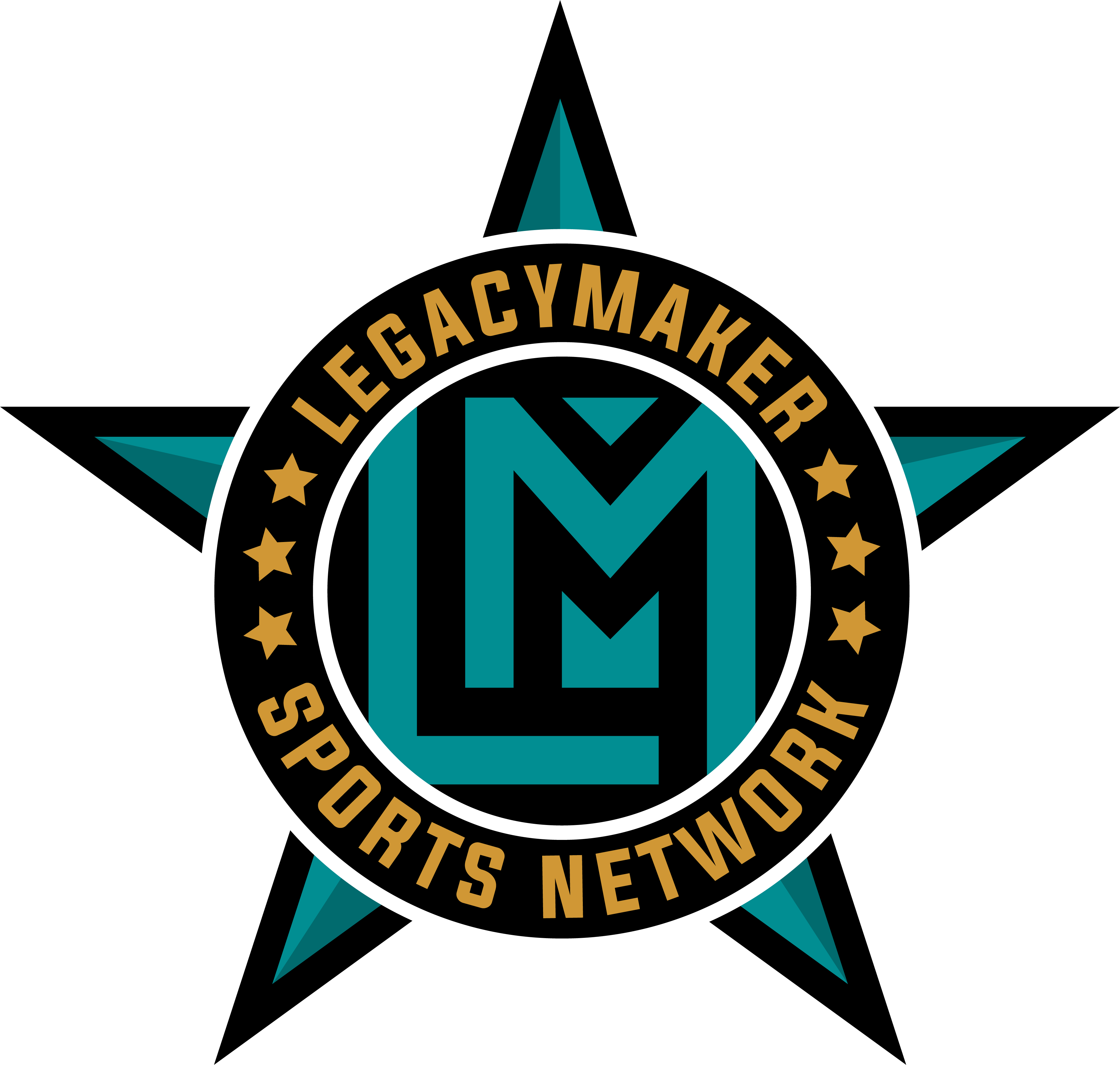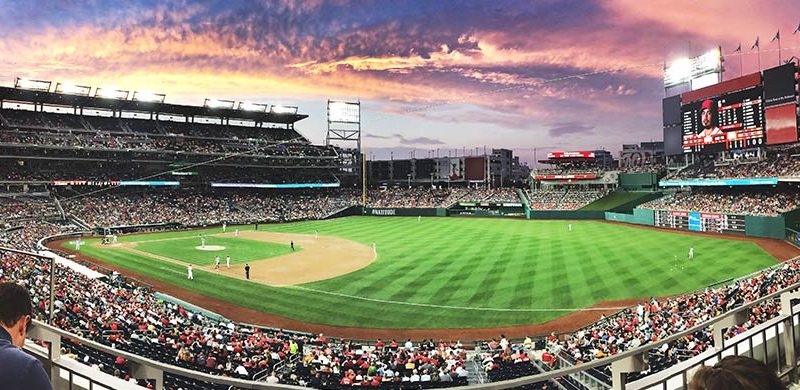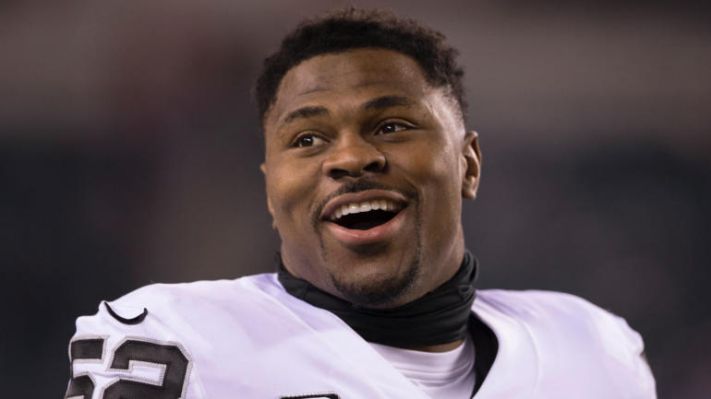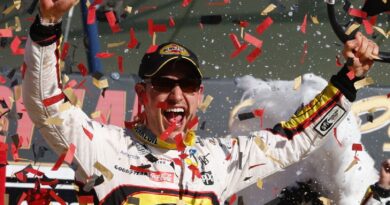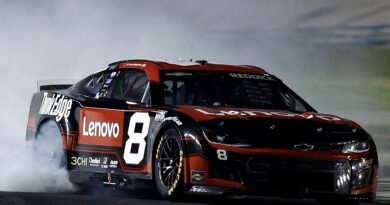Nationals Offseason filled with Questions, Optimism
By: Ryan Fowler
Headline Photo Credit: VividSeats.com
The Nationals will again look to bounce back from a bitterly disappointing season, but this year they’ll again do so with significant resources and an eager fan base hungry for more October baseball.
Guaranteed Contracts-• Max Scherzer, SP: $105MM through 2021 • Stephen Strasburg, SP: $135MM through 2023 (includes opt-outs after 2019, 2020)• Ryan Zimmerman, 1B: $20MM through 2019 (includes buyout of 2020 option)• Adam Eaton, OF: $11.4MM through 2019 (includes buyouts of 2020, 2021 options)• Trevor Rosenthal, RP: $7MM (includes buyout of 2020 vesting option)• Howie Kendrick, UTIL: $4MM through 2019
Arbitration-Eligible Players (projections via MLB.com)• Anthony Rendon – $17.6MM• Tanner Roark – $9.8MM• Trea Turner – $5.3MM• Michael Taylor – $3.2MM• Kyle Barraclough – $1.9MM• Joe Ross -$1.5MM• Sammy Solis – $900K
Option Decisions• Sean Doolittle, RP: Exercised $6MM club option (deal includes $6.5MM club option for 2020, with $500K buyout)
Free Agents• P Joaquin Benoit, P Tim Collins, OF Bryce Harper, P Jeremy Hellickson, P Kelvin Herrera, P Greg Holland, UTIL Mark Reynolds, C Matt Wieters
Outlook-
Despite their overall sustained excellence, the Mike Rizzo-era Nationals have yet to end a season in desired success. Unlike the 2016 and 2017 clubs, which washed out of divisional series in thrilling fashion, the 2018 Nats ground to a halt in something of a slow-motion breakdown.
In years past, Nats disappointments have not really changed the organization’s trajectory. And for good reason: there have been seven consecutive winning seasons. It’s possible to interpret a few moves as direct responses to the developments of the season prior, but that’s only natural for any team. But the march has continued, with Rizzo and co. rather notably managing to transition quite seamlessly from one high-end core to another. It seems foolish to expect anything but the same this winter, with the Nats once again poised to add finishing pieces to a quality roster, all while hoping that this time it’ll come together when it matters most, in the fall.
Bryce Harper vs Juan Soto
It’s quite remarkable that this feels in large part like any other offseason for the Nationals. After all, one of the team’s true constants — outfielder Bryce Harper — was due to part ways at season’s end. Yet his free agency came as a creeping inevitability, not just because it always seemed that he’d test the open market, but because the Nationals improbably found a new version of Harper himself in the form of phenom 19-year-old Juan Soto, aleft-handed-hitting corner outfielder who exceeded Harper’s own blend of pitch recognition, patience, and the ability to drive the ball all over the ballpark.
It remains to be seen whether Soto’s rise will play a significant role in Harper’s ultimate destination, but the Nats no doubt have signaled they have serious interest in retaining Harper. They held onto him at the trade deadline in August, then offered a deal Harper did not accept as the season finished. It’s obvious that the club did not expect that bid to lead to a deal, but it did set down a marker: the Nationals will be a factor in Harper’s market, and any other clubs with interest will need to top the $300M starting point. However, with the presence of Soto, it lessens the urgency to retain a player of Harper’s prowess. Every team would love to have that bat, but it’s possible the ultimate victor of the free-agent auction will be one that stands to gain more over its existing in-house alternatives. The Nats can plausibly line up an affordable, controllable, and potentially quite excellent outfield of Soto, Adam Eaton, and Victor Robles — with support from Michael Taylor, Howie Kendrick, and perhaps others — while wishing Harper the best and collecting some draft compensation on his way out the door. Signing Harper would almost certainly require further movement. He and Soto would presumably be penciled in for nearly all of the plate appearances at two of the outfield spots. Robles and Eaton could share time, to be sure, but that’d be a questionable choice of lineup designation.
Can’t Pay for Everyone-
In years past, the Nationals have proven willing both to send out prospects and plunk down cash to get their targets for the MLB roster. So how much cash could the team spend? Some big salaries have come clear of the books, but there are also raises to consider. With their current projected roster, the Nationals are slated to have roughly $165Million on the books in 2019. That said, this year’s sheet includes inflated payments for stud pitchers Max Scherzer and Stephen Strasburg, when in actuality much of the money is owed on a deferred schedule. The average annual values of those deals are however significantly lower. In calculating the luxury tax via MLB.com which smooths out any annual changes in long-term deals but does include other costs, the Nats are still $50M shy of the $207M threshold. In other words, even if the organization decides to keep P Tanner Roark, a backend rotation starter, it could in theory add upwards of $50M in 2019 salary while still remaining south of the tax barrier, a goal of the organization.
Roster Additions-
Regardless of what blend of assets (prospects, picks), and cold hard cash is utilized, the organization will set out with a fairly obvious set of priorities. First and foremost, the Nats need to acquire a middle of the lineup “pop” guy who will compliment Soto if Harper does indeed depart. They have already signed C Kurt Suzuki, and traded for ’17 All-Star C Yan Gomes, so a change behind the plate is imminent in Davey Martinez’s lineup. They’ll surely also look to boost their pitching depth while perhaps remaining open to acting if a quality player can be had at a value. Finally, the organization will also no doubt consider the acquisition of a second baseman — even if it’s not a top priority — while exploring bench upgrades. There are quite a few more possibilities on the pitching market. With the steady Gio Gonzalez traded away and now a free agent, the Nats will likely push to land a hurler who’s capable of joining Max Scherzer and Stephen Strasburg at the top of the staff. Trade possibilities are somewhat murky, but it is certainly possible to imagine some scenerios. It’s worth recalling that Rizzo has made use of this route for a fair number of quality complementary pieces in the past (Max Scherzer, Jordan Zimmermann, and Doug Fister). The Nats have had previous interest in Zack Greinke and might be willing to take over some salary, while seeing some appeal in the fact that his contract is only three years in length. Leftie Robbie Ray of the Diamondbacks could be of interest. There’s little doubt that the team would be in on the Indians’ excellent trio of tantalizing potential rotation trade pieces. (It’s fair to note, too, that Robles would be a perfect fit in Cleveland, something to keep an eye on) Free agency offers some possibilities, too. Patrick Corbin, who visited D.C last week figures to be the top prize on the market. Fellow southpaw Dallas Keuchel is somewhat older, but that will also mean he likely won’t require a lengthy agreement. That goes all the more for veteran J.A. Happ, and Nathan Eovaldi. Boosting the pitching depth beyond that will also be necessary, especially if the Nationals decide to move on from Roark.
The bullpen has already been the recipient of two live new arms, as the Nationals dealt for Kyle Barraclough and inked an incentive-based contract with Trevor Rosenthal. At their best, both are hard-to-hit flamethrowers who could combine to form a potent late-inning trio with excellent (oft-injured) closer Sean Doolittle. Justin Miller, Koda Glover, and Wander Suero lead the remaining relief options from the right side, with the aforementioned back-of-the-rotation candidates also representing long inning relief if needed.
Who Starts at 2nd?
If there is another area to address, it’s at second base. The Nats say they’re happy to roll with a combination of Howie Kendrick and Wilmer Difo, but that seems destined for sub-par performance and largely unnecessary given the quality of players available at the position in both trade and free agency. It’s at least theoretically possible the Nats could pursue Whit Merrifield of the Royals, who’s perhaps the most valuable potential trade target. Otherwise, there are a variety of veteran options. Roark and Taylor both represent MLB assets that could be moved to the right club in a deal for a second baseman. It’s also possible that the Nats could take on a bigger salary (Jason Kipnis, Dee Gordon) in a deal primarily targeted at acquiring a pitcher. Otherwise, free agents include Jed Lowrie, Brian Dozier, DJ LeMahieu, Josh Harrison, and old friends Asdrubal Cabrera and Daniel Murphy. Switch-hitting Neil Walker is coming off of a rough season but could function in a similar capacity. It wouldn’t make much sense, but poor-defending, sweet-swinging Marlins utility man Derek Dietrich could be a possibility as that “pop” guy prior mentioned. Otherwise, the club may again go searching for some big lefty pop to function in a bench role. Rizzo has employed numerous players of this mold over the years, most recently Matt Adams (who was surprisingly traded to St. Louis, and in his first game back to D.C, hit 2 HR’s) He’ll again be a possibility, with Justin Bour (recently waived by the Phillies), Lucas Duda, and Logan Morrison also looking to be options. A big winter lies ahead for Rizzo and his front office, but one thing is for sure, the Nationals have talent and reasons for optimism in targeting a fall run in ’19.

